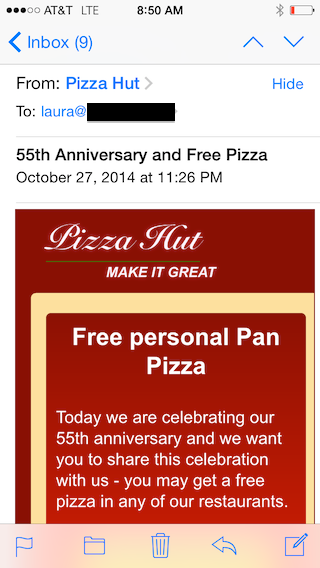Things you need to read
The email solicitation that made me vow to never work with this company again. When sending unsolicited email, you never know how the recipient is going to respond. Writing a public blog post calling you out can happen.
The 2016 Sparkies. Sparkpost is looking for nominations for their email marketing awards. Win a trip to Insight 2016!
5 CAN SPAM myths. Send Grid’s General Counsel speaks about CAN SPAM myths. Personally, asking for an email to unsubscribe is annoying. I never know if the unsubscribe request worked or not. Give me a link any day.
The most misunderstood statistic in email marketing. A good discussion of why raw complaint rates isn’t the metric the ISPs use, and how it can mislead folks about their email program.
Office 365 is expanding it’s DKIM signing. Terry Zink discusses the upcoming changes to how Office365 handles DKIM signatures. This is exactly the kind of changes I was talking about in my 2016 predictions post – background changes that are going to affect how we authenticate email. He even specifically calls out whether or not a particular signature is DMARC aligned or not.

